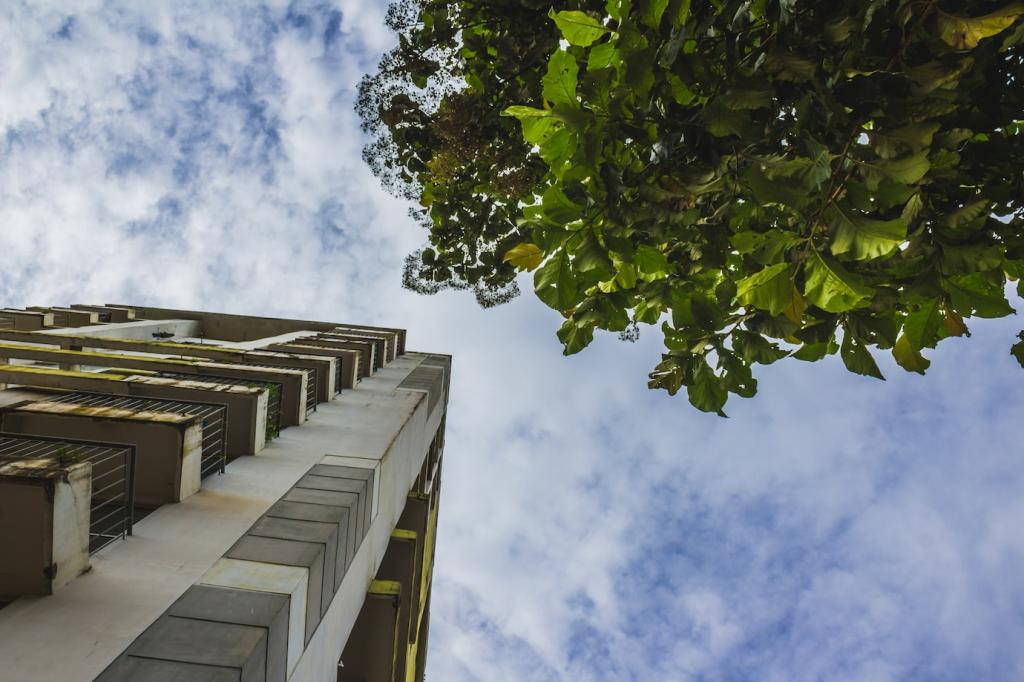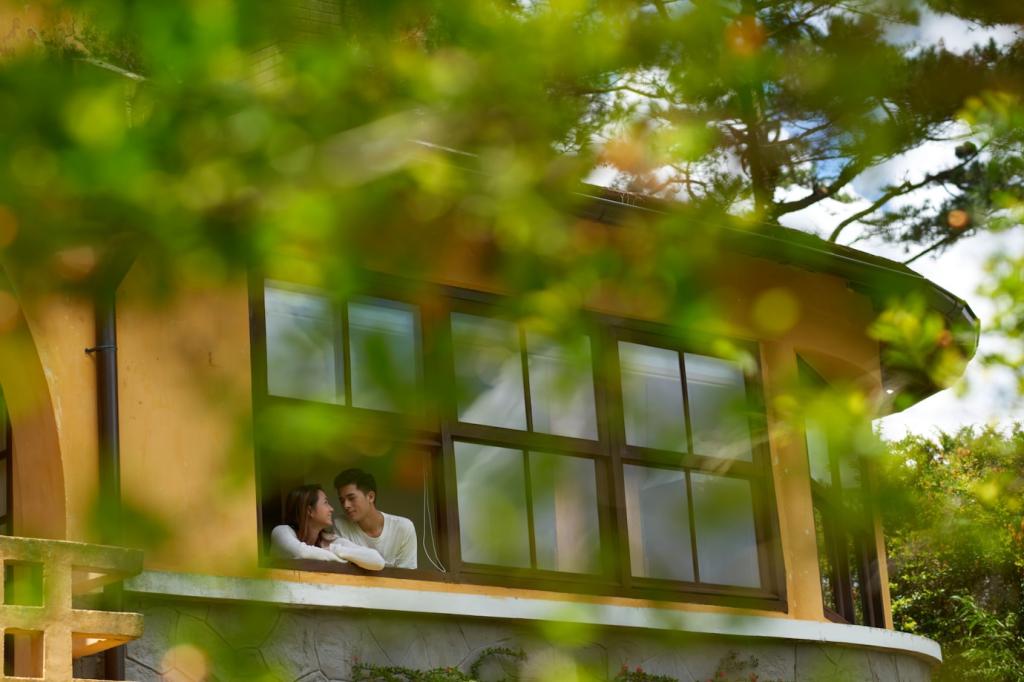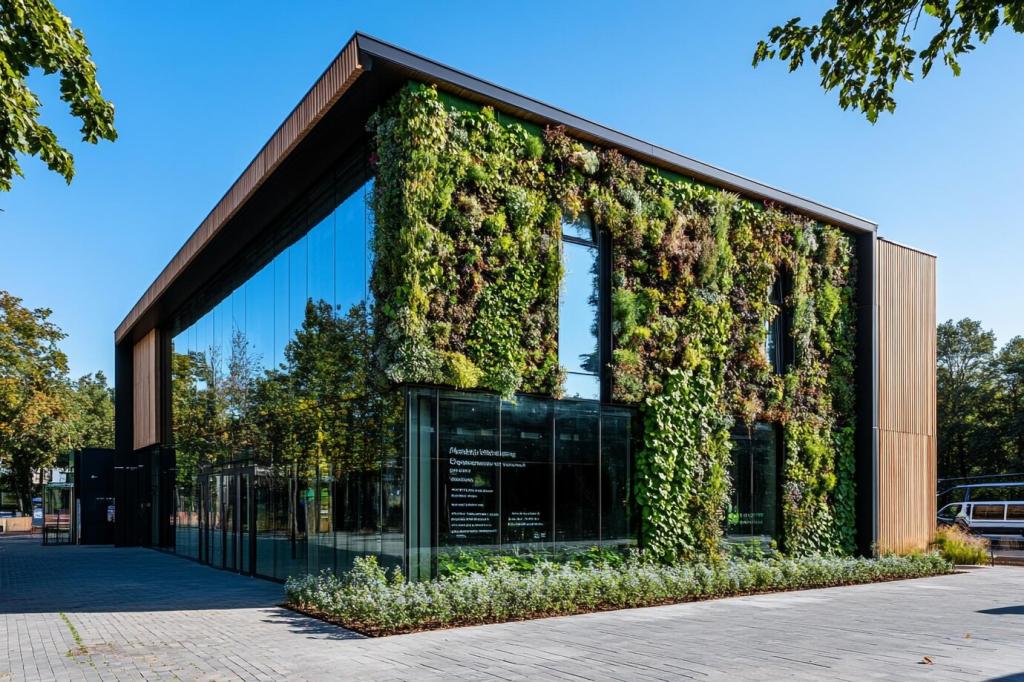Energy-Efficient Lighting Options
Energy-efficient lighting is at the forefront of sustainable living and working environments. As energy consumption and environmental concerns continue to rise, adopting lighting solutions that use less electricity and last longer has become essential for homeowners and businesses alike. From reducing utility bills to shrinking our carbon footprint, making informed choices about lighting can have a profound impact on daily life and on the planet as a whole.
Energy efficiency in lighting gauges how well a light source converts electrical energy into visible light. The more lumens produced per watt of electricity consumed, the more efficient the lighting option. Traditional incandescent bulbs waste a substantial portion of energy as heat, whereas newer technologies prioritize producing light with minimal energy loss. This not only conserves electricity but also reduces greenhouse gas emissions associated with electricity production. Choosing energy-efficient lighting translates to direct and indirect savings, both economically and environmentally, for users.
Understanding Energy Efficiency in Lighting

LED Lighting Solutions
Light Emitting Diode (LED) technology has rapidly become the premier choice for energy-efficient lighting. LED bulbs offer exceptional energy savings, using up to 80% less energy than traditional incandescent lights. Their long lifespan, which can exceed 25,000 hours, means fewer replacements and lower maintenance costs. LEDs also turn on at full brightness instantly and contain no hazardous materials like mercury, making them safer for both users and the environment. Their versatility extends to various shapes, colors, and dimming capabilities, providing flexibility for any lighting scenario while supporting substantial energy conservation.

Compact Fluorescent Lamps (CFLs)
Compact Fluorescent Lamps, or CFLs, gained prominence as an early alternative to incandescent bulbs. CFLs use about 70% less energy and can last up to ten times longer than traditional bulbs. By emitting less heat, they contribute to a cooler indoor climate, which can further reduce air conditioning needs. CFLs work best in areas where lights remain on for extended periods. However, they do contain a small amount of mercury, requiring responsible disposal at the end of their life. Despite this, their efficiency and affordability make them a popular option during the transition to high-efficiency lighting.

Advanced Halogen Incandescent Bulbs
While traditional incandescent bulbs are rapidly being phased out, advanced halogen variants offer a more efficient bridge. These bulbs use halogen gas to increase their efficiency by around 25% over standard incandescent types, providing a suitable alternative for those who prefer the warm light and instant brightness of classic bulbs. Advanced halogen incandescents are compatible with all existing fixtures and dimmers, making them easy to implement without significant modifications. They’re also free of hazardous substances and available in various shapes, allowing users to upgrade to greater efficiency while maintaining a familiar lighting experience.
Environmental and Economic Benefits
Switching to energy-efficient lighting plays a direct role in lowering greenhouse gas emissions. Since lighting accounts for a significant portion of a building’s energy consumption, using efficient bulbs can substantially decrease the amount of electricity required. Most electricity still originates from fossil fuels, so reduced demand translates into less pollution and a smaller carbon footprint. The longer operational life of modern bulbs also means fewer replacements, reducing manufacturing energy and waste, and further supporting environmentally conscious living.
